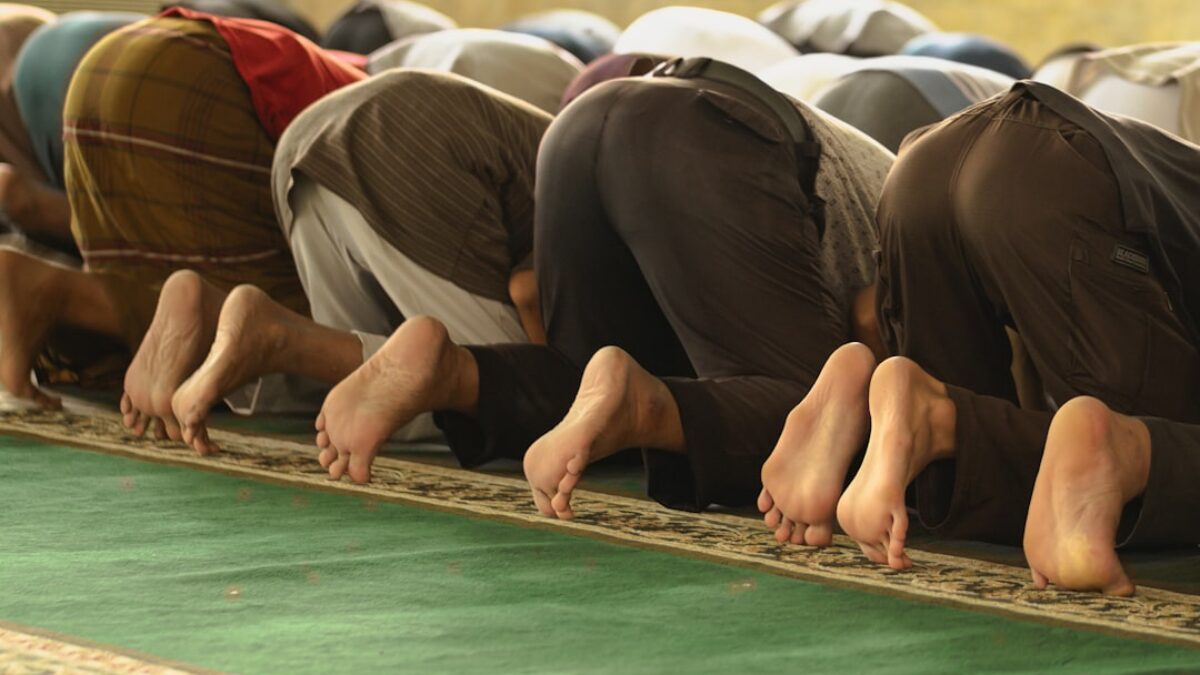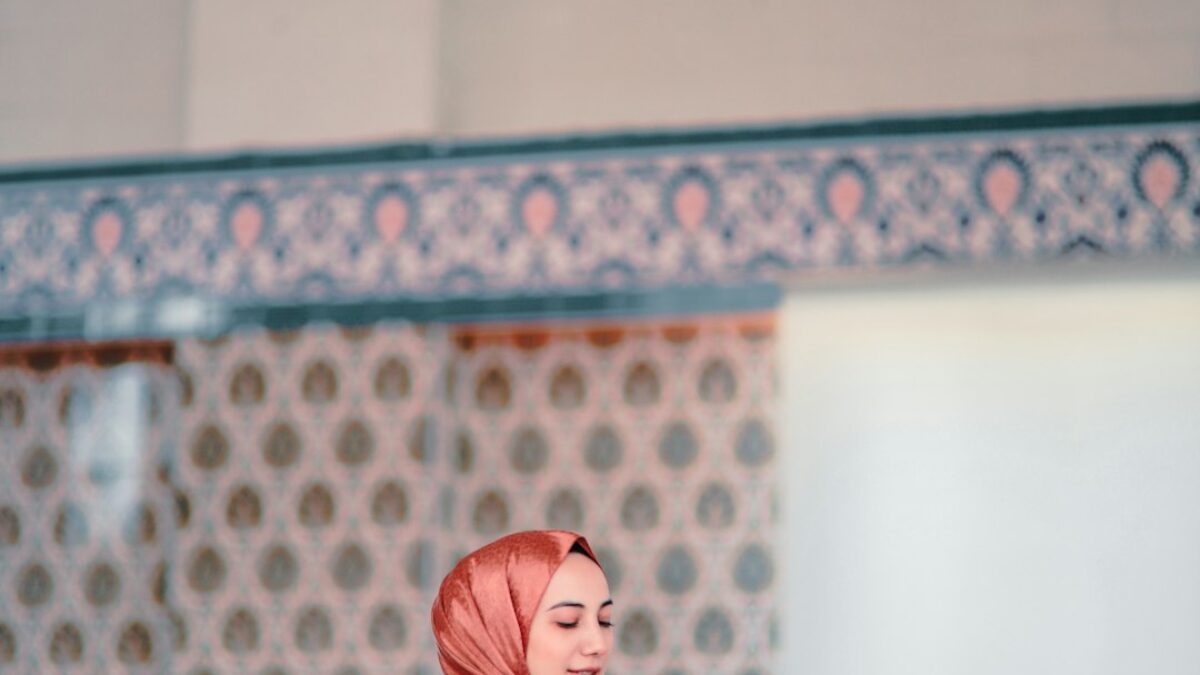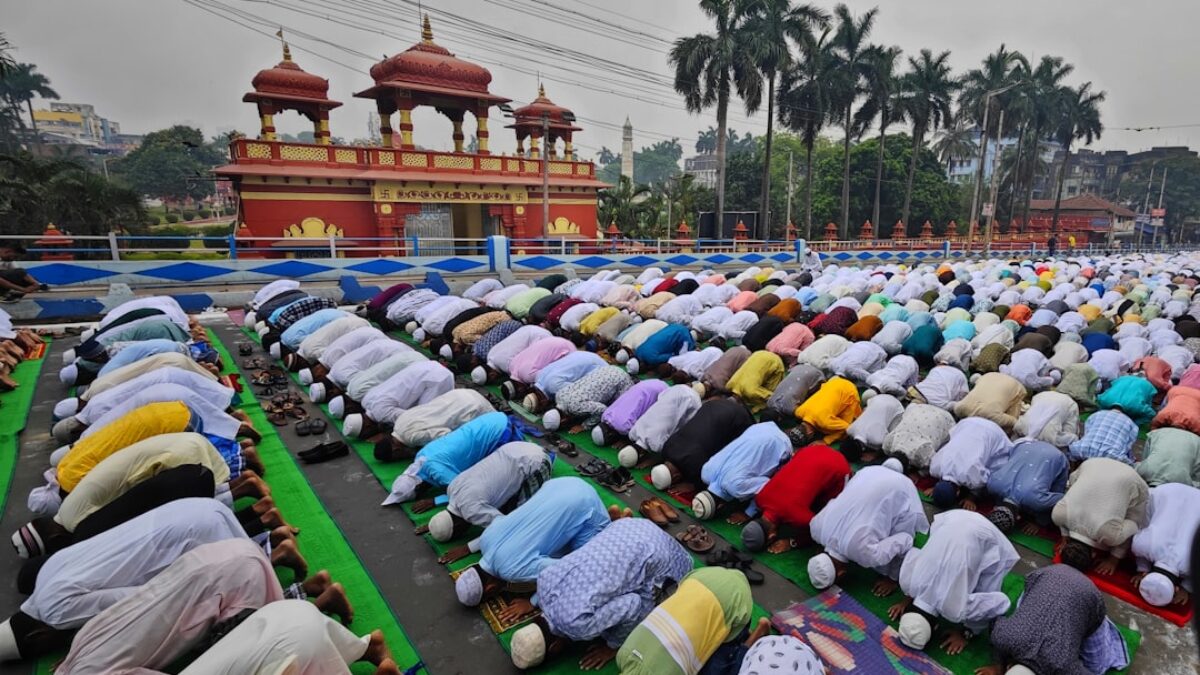Entering a masjid is more than walking through a door; it is stepping onto sacred ground where every action, word, and intention is magnified in spiritual value. Whether you are a first-time visitor or someone seeking to refine your practice, knowing how to pray in a masjid with proper etiquette transforms the experience from routine ritual into a deeply moving encounter with the Divine. This guide walks you through each step—spiritual, physical, and social—so that you arrive prepared, pray with khushoo (focus), and leave with your heart elevated.
Understanding the Spiritual Significance of Praying in a Masjid
The masjid is not merely a building; it is Bayt Allāh—the House of God—where the atmosphere itself testifies to His majesty. The Prophet ﷺ said, “The prayer offered in congregation is twenty-seven times more meritorious than a prayer offered individually.” (Bukhari & Muslim). This multiplication is not arithmetic; it is barakah (blessing) that permeates every corner of the prayer hall.
Why Etiquette Matters
Adab (etiquette) is the outward expression of inward reverence. When you line up shoulder-to-shoulder, lower your voice, and remove distractions, you are mirroring the angels who circle the celestial Bayt al-Maʿmur. Proper etiquette ensures:
- Safety from distraction—phones silenced, hearts attuned.
- Unity of the ummah—rich and poor stand on the same carpet.
- Protection of sacred space—fragrance stays, filth leaves.
Key Components of Preparing for the Masjid
1. Physical Purification (Taharah)
- Wudū’ (Ablution): Perform fresh wudū’ even if you already have it. The Prophet ﷺ said, “When one of you performs wudū’ and does it well, then sets out for the masjid, every step raises a degree and erases a sin.” (Abu Dawud)
- Ghusl (Full Bath): Recommended on Fridays, Eid, and after marital relations.
- Fragrance & Grooming: Apply ‘itr (non-alcoholic perfume), trim nails, and ensure fresh breath with siwak.
2. Dress Code: The Garb of Respect
| Men | Women |
|---|---|
| Loose trousers above ankles, clean thobe or shirt, covered head with kufi (Sunnah) | Loose abaya or jilbab, opaque hijab covering chest, minimal fragrance, socks preferred |
3. Intention (Niyyah) Before Leaving Home
Pause at the doorway and say:
“Allāhumma inni a’ūdhu bika min al-hammi wa l-ḥuzni…”
Then form a silent intention: I am going to the masjid solely for Your pleasure, seeking nearness to You.
Arriving at the Masjid: The First Ten Steps
Step-by-Step Entry Protocol
- Right Foot First: Say, Bismillāh, Allāhumma iftah lī abwāba raḥmatik.
- Lower the Gaze: Avoid scanning for familiar faces; focus on the carpet ahead.
- Remove Shoes Quietly: Stack soles together, label them if crowded.
- Offer Tahiyyat al-Masjid: Two rak‘ahs before sitting, even if iqāmah is imminent.
- Choose a Spot Wisely: Fill the front rows; Prophet ﷺ said, “The best rows for men are the first…”
- Align Precisely: Shoulders, ankles, and heels touch; “straighten your lines…” (Bukhari)
- Silence Devices: Airplane mode or off; smartwatches muted.
- Recite Quietly: Subtle dhikr or Qur’an, not loud enough to disturb others.
- Assist Others: Guide the elderly, lift partitions for mothers with prams.
- Respond to the Adhā: Repeat the mu’adhin’s words, then send salawat.
Performing the Prayer with Imām: The Congregational Sequence
Pre-Prayer Checklist
- Sutrah: Place a small stick, bag, or chair 1.5m ahead to mark your prayer boundary.
- Adhkār of Assembly: Recite softly until iqāmah.
- Niyyah Aloud? No—intention is in the heart; no verbal “I intend” required.
Movements and Etiquette During Prayer
- Takbirat al-Iḥrām: Raise hands to earlobes, thumbs behind ears, fingers spread.
- Follow the Imām Exactly: Prophet ﷺ warned, “Does not look up until he looks up…”
- Prolonged Standing (Qiyām): Recite al-Fātihah silently behind imām; add short sūrah in Fajr.
- Rukūʿ: Bend until back is flat; whisper, Subhāna Rabbiy al-ʿAẓīm three times.
- Sujūd: Seven body parts touch floor; nose and forehead firmly.
- Sitting for Tashahhud: Right index finger moves, eyes on lap.
- Salām to Right & Left: Visualize greeting angel on each shoulder.
Post-Prayer Sunnah Acts
Immediate Aftermath
Dhikr Prescribed:
Astaghfirullāh (3×) Allāhumma anta al-salām… 33× Subhānallāh, 33× Alḥamdulillāh, 34× Allāhu akbar Nafl Rak‘ahs: Two after Maghrib, two after Dhuhr, Witr after ʿIshā’. Seeking Knowledge: Stay for the imām’s brief reminder (10 min max).
Leaving the Masjid
Exit with left foot, saying, “Allāhumma innī as’aluka min faḍlik…” Do not rush; shake hands with three people to the right and left.
Benefits and Importance
Spiritual Rewards
- Light on the Day of Judgment: The masjid’s pillars will testify for regular attendees.
- Angels’ Constant Prayer: “O Allah forgive him…” for those waiting for prayer.
- Protection from Hypocrisy: Regular congregational prayer is a shield (Tirmidhi).
Social and Psychological Benefits
| Benefit | Explanation |
|---|---|
| Community Cohesion | Weekly meetings reduce isolation, foster support networks. |
| Mental Clarity | Five daily pauses reset stress levels, improve productivity. |
| Child Socialization | Kids mimic elders, learn discipline and adab organically. |
Practical Applications and Common Scenarios
Traveling to an Unfamiliar Masjid
- Google Review Check: Look for prayer-time accuracy, women’s facility notes.
- Bring Socks: In cold climates, some masjids have cold marble floors.
- Language Barriers: Learn key phrases—“Ayna al-miḥrāb?” (Where is the niche?)
Praying in a Crowded Jumu‘ah
- Arrive 30 min early: Secure a spot, read Surah al-Kahf.
- Carry a Pocket musḥaf or app—avoid loud Qur’an recitation.
- Overflow Areas: Parking lot prayer valid if rows straight, no cars crossing.
Women’s Section Guidelines
Entrance & Seclusion
- Use designated door when available; avoid passing men’s rows.
- Children should stay with mothers to minimize disturbance.
Following the Imām
Women’s rows start behind the last men’s row; clapping replaces subḥānallāh for corrections.
Frequently Asked Questions
What if I arrive while the imām is in rukūʿ?
Perform the rukūʿ catch-up rule: If you join before he rises, count that rak‘ah. Otherwise, complete the missed rak‘ah after salām.
Is it permissible to reserve a spot with a prayer rug?
No. The Prophet ﷺ forbade reserving places; however, placing a small personal item briefly while you perform wudū’ is tolerated in busy masjids, provided you return quickly.
Can I use my phone for Qur’an or dhikr inside?
Yes, if on silent and screen brightness low. Avoid social media; the etiquette is to remain in spiritual mode.
What should I do if my child cries during prayer?
Try a gentle pat first. If crying escalates, step out quickly without turning your chest away from the qiblah. Return after calming the child.
How do I correct the imām if he makes a mistake?
Men say subḥānallāh loudly; women clap. Limit to one correction to maintain flow.
Is it necessary to pray Sunnah in the masjid or can I delay it at home?
Sunnah prayers are best in the masjid but not obligatory. If time is tight, perform fard in masjid and sunnah at home.
What if the masjid has shoe racks outside and I fear theft?
Bring inexpensive shoes or use a plastic bag inside a backpack. Trust in Allah, but tie your camel.
























Post Comment